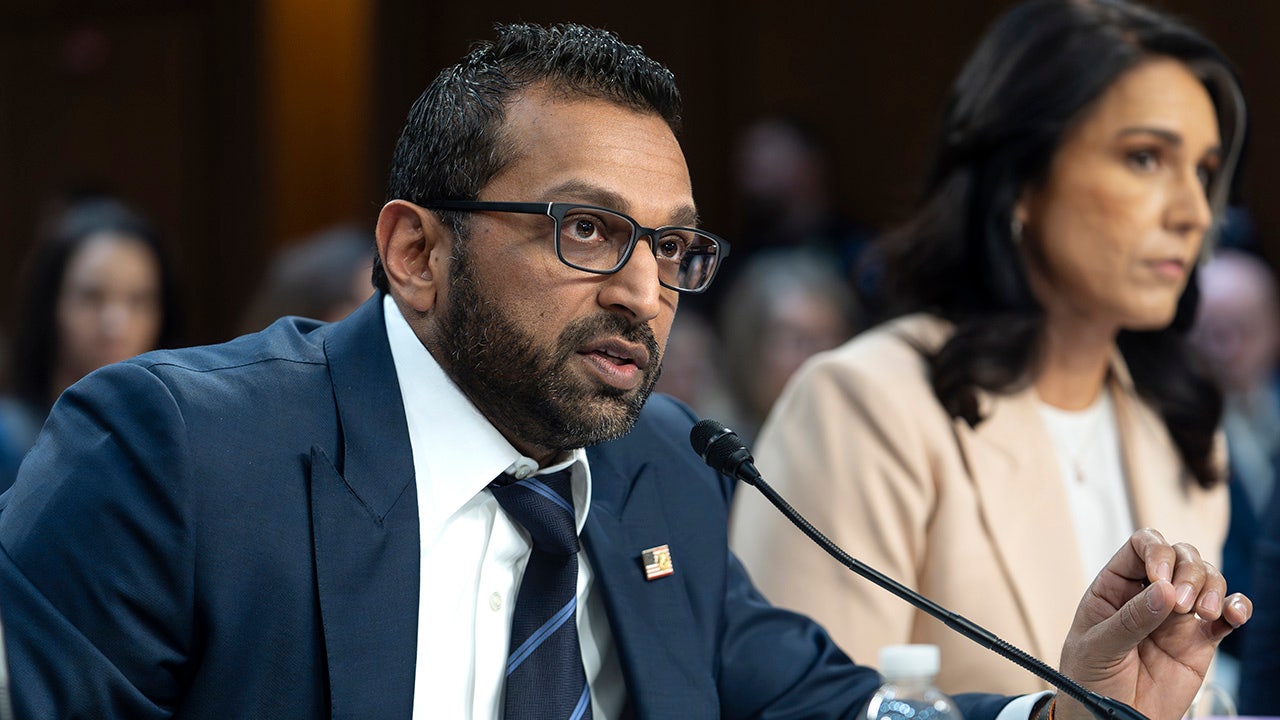In an exclusive conversation, Sahil Kapoor, Market Strategist and Head of Products at DSP Mutual Fund, shares his sharp take on the ongoing market volatility driven by geopolitical tensions, trade wars, and muted corporate earnings. Kapoor highlights gold’s continued strength as both a hedge and a wealth-building asset amid what he terms “sovereign stupidity” and global currency debasement. With valuations stretched across segments and earnings growth under pressure, he advises a cautious and value-focused investment approach while positioning gold and even silver as smart plays in the current macroeconomic landscape. Edited Excerpts –
Q) We are seeing some volatile swings in the markets, thanks to the back-and-forth from Trump on tariffs and now some geopolitical concerns amid tensions between India and Pakistan. How are you looking at all this?
A) The outcome of either event is unknown. What is more certain is that these events are either growth detractors or non-events. In the case of the ongoing trade wars, history shows that there are no winners when trade barriers are erected.
Over the long term, we may see some benefits from tariffs in making certain economies more robust, but their consequences for a world built on global trade are unhealthy. We are not experts on wars or their outcomes.
However, one thing is clear: for corporate earnings, events such as war can either pose downside risks or be non-events. Investors are better served by remaining cautious, given the valuation backdrop.
Q) It looks like we have entered a low-interest-rate environment. What should the asset allocation strategy be for an individual in the age bracket of 30–40 years?
A) A diversified mix of assets-including domestic and global equities, precious metals, and bonds-is a robust allocation strategy.
The exact proportions should be tailored to individual goals and guided by valuation frameworks for each asset class.
Q) What is your take on the results that have come out from India Inc., and what are your expectations for the next few quarters?
A) As of 28th April 2025, 18 Nifty firms have reported their numbers. Sales growth stands at 5%, while profit growth is 4.8%. Nifty firms have now cumulatively reported single-digit profit growth in most of the last four quarters.
In contrast, the Nifty Index’s trailing twelve-month price-to-earnings (P/E) ratio is close to 22 times. The return on equity (ROE) for the index is at 15.5%.
This valuation mix leaves little on the table in terms of a margin of safety. Corporate earnings remain muted and a cause for concern.
Q) Gold is back in the limelight as it hit the Rs 1 lakh mark in the physical market. Is it no longer just a safe haven but also a money-making machine? It has been outperforming equities for the past couple of years.
A) Gold has been a hedge against global currency debasement and what I have dubbed as ‘Sovereign Stupidity”. As per my theoretical model to value Gold, the midpoint of valuations comes close to $3800.
Moreover, it is very hard to value assets like precious metals and hence it makes sense to remain long in the ongoing Gold bull market and not second guess where it ends. From a risk reward stand point, Silver may offer better odds for investors at this time.
Q) How should one be looking at the small- and mid-cap space in FY26?
A) As of 28th April 2025, Nifty MIDSMALL 400 Index, the SMID focussed index was trading at 33.2 times. Earnings growth for this cohort is in single digits, and it also trades at a 90% premium to world midcap stocks.
These numbers when put in the right context tell you that the margin of safety is missing. Unless valuations become attractive investors should only use a SIP route in this segment and avoid lumpsums and performance chasing.
Q) Where is the value in the market after the recent fall we have seen?
A) Stocks in the BFSI segment, particularly private banks, a few NBFCs, select auto and consumption companies along with the healthcare sectors offers value on a bottoms up basis.
Q) How are FIIs viewing Indian markets? We have seen some net buying in the past few sessions, but for the month, FIIs have pulled out more than Rs 13,000 crore from the cash segment of Indian equity markets.
A) All investors—whether institutional or retail, domestic or foreign—are broadly return chasers. Our tendency to label investor flows as FII, DII, or SIP can be misleading.
The key impact of FII flows is not on stock market returns per se, but on India’s balance of payments. That segment is currently doing fine, but the global trade war has made it more volatile.
Q) Have you made any changes to your strategy or portfolio to balance out the volatility arising from external factors such as tariffs or geopolitical concerns?
A) We were valuations focussed and continue to remain so. We may also want to take benefit of cheaper prices if these events and triggers create value in pockets of high quality.
(Disclaimer: Recommendations, suggestions, views, and opinions given by experts are their own. These do not represent the views of the Economic Times)
.png)
 German (DE)
German (DE)  English (US)
English (US)  Spanish (ES)
Spanish (ES)  French (FR)
French (FR)  Hindi (IN)
Hindi (IN)  Italian (IT)
Italian (IT)  Russian (RU)
Russian (RU) 








Comments